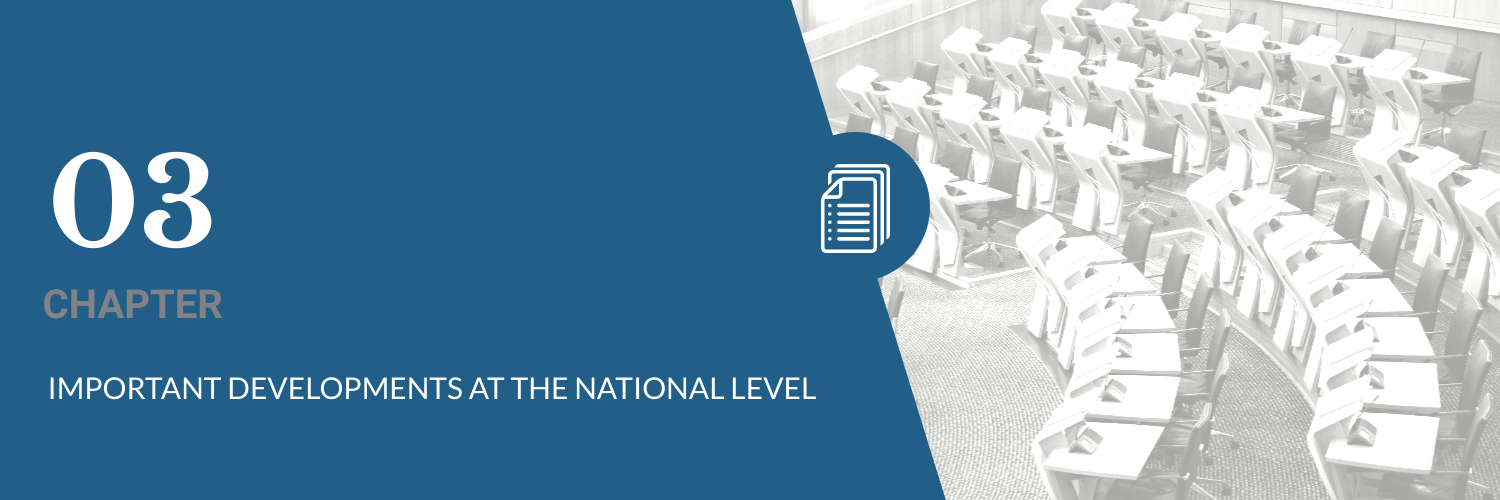
3.1. Major legislative changes in EU+ countries
The following sub chapter provides an overview of the main legislative changes in EU+ countries reported for 2018. Details about the relevant changes and their analysis in the wider context are provided in the relevant thematic sections of Chapter 4. Therefore, please note that the overview here is a factual presentation and the fact that the change is presented does not imply any endorsement from the European Commission or EASO. Read more...
3.2. Institutional changes
Some of the legislative changes mentioned under the previous section required countries to significantly restructure their institutional architecture related to asylum. Some other minor shifts in competencies aimed for a more efficient arrangement for some specific aspects of asylum. Read more...
3.3 Key policy changes related to integrity, efficiency and quality
This section focuses on the key policy changes that EU+ countries undertook in 2018 to enhance the integrity of the national asylum systems. The table hereunder outlines policies and practices that aim to swiftly identify unfounded asylum applications and make sure that the necessary financial, human and time resources are not dissipated on such claims. These measures involve efforts to rapidly establish the applicants’ identity, including their age, country or origin and travel route and the eventual security concerns their presence might mean, to better assess the credibility of the applicants’ statements and to determine whether beneficiaries of international protection are still in need of protection. Read more...
Many policy and practice initiatives focused on improving the efficiency of national asylum systems. EU+ countries made significant changes to optimise the available resources. For example, more and more countries seem to re-organise their asylum procedures and corresponding reception systems around the establishment of arrival centres, but relevant initiatives go much beyond. The overview below includes policies and practices that improve efficiency through digitalisation and the use of new technologies in the framework of asylum, through prioritising or fast-tracking applications, through the re-organisation of the procedure itself or through major changes in the number of staff employed. Read more...
3.3.3. Quality
High quality asylum decisions and decision-making processes contribute to the previously mentioned policy aspects: they increase the fairness, integrity and efficiency of the asylum systems. Quality assurance systems, guidance materials and capacity-building measures typically bring back rapidly the initial investment and efforts. The recent extensive legal and policy changes might have contributed to the fact that EU+ countries currently seem to focus more on staff trainings corresponding to their specific needs, the revision of the existing guidance materials and the quality of the decisions delivered in the new legislative and policy framework. Read more...
3.4. Practical cooperation and operational support
The activities of EASO concerning this field have been very rich and multi-faceted throughout 2018. The General Annual Report 2018 provides for an extensive overview about the activities undertaken and the results achieved. Examples of EASO activities and references to the GAR have been provided throughout various thematic sections of this Report and aim to contextualise the work of ESO within the main developments in the Common European Asylum System in 2018. Read more...
Download data set of EU+ Developments
